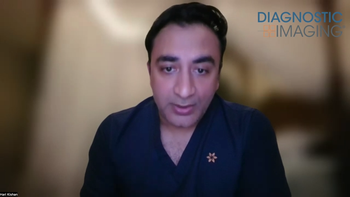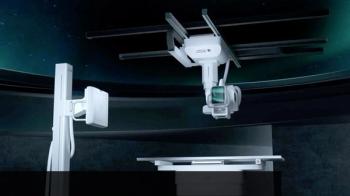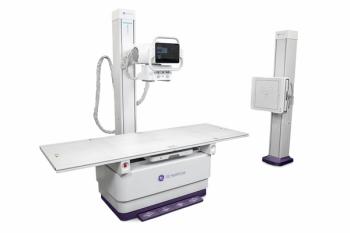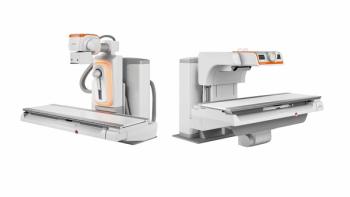
|Slideshows|October 13, 2015
Swollen Eye
Author(s)Digish Shah, Shoubhi Bhatnagar
Case History: 20-year-old male with swelling of outer canthus of left eye.
Advertisement
Case History: 20-year-old male with swelling of outer canthus of left eye.
Newsletter
Stay at the forefront of radiology with the Diagnostic Imaging newsletter, delivering the latest news, clinical insights, and imaging advancements for today’s radiologists.
Advertisement
Advertisement
Advertisement
Trending on Diagnostic Imaging
1
Are Head CT Scans Overutilized in Emergency Departments?
2
Can AI Assessment of Non-Calcified Plaque Volume Enhance CT Assessment of MACE Risk Beyond CAC Scoring?
3
Study Looks at Combining PCCT and Lung Texture Analysis for Evaluating ILD in Patients with Systemic Sclerosis
4
Diagnostic Imaging's Weekly Scan: December 7 — December 13
5




























